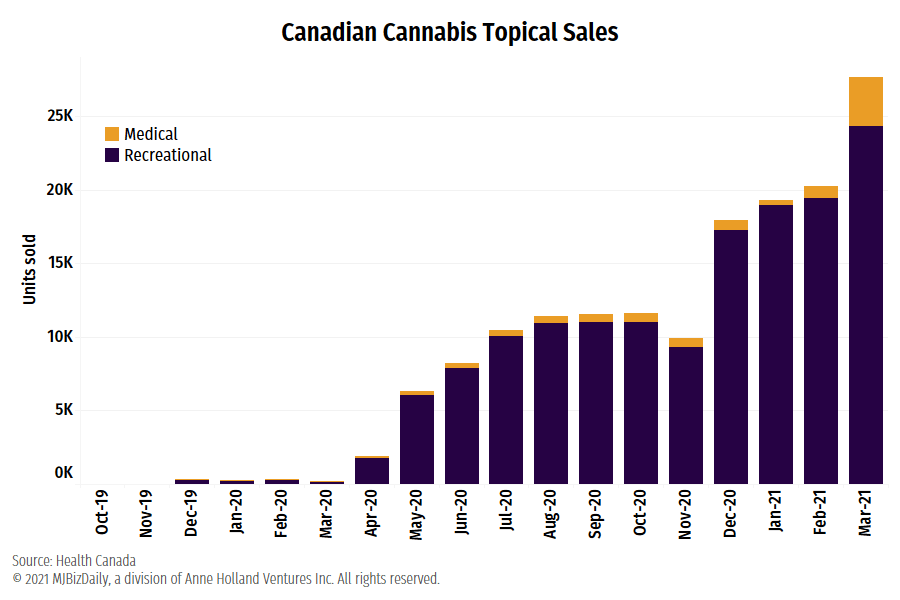(This story has been updated with details about a change in Apple policy.)
The obstacles that marijuana companies still face when trying to educate the world about the best uses – and misuses – of the cannabis plant were underscored after a United Nations panel called for a global ban on cannabis business advertising.
That’s not to say it’s impossible for cannabis companies to overcome the traditional marijuana stigma in marketing.
Numerous – sometimes unconventional – options exist, such as age-gated video ads as well as local or satellite radio spots.
And one noteworthy victory came in Denver this past April, just in time for the cannabis holiday of 4/20, when retail chain LivWell Enlightened Health was able to air television ads on a local NBC affiliate.
The company’s vice president of marketing, Chris Mapson, said it was an “experiment” and that the company doesn’t currently have plans to run more TV ads.
The company produced three 15-second ads that ran on the local NBC affiliate, KUSA, for about 3½ weeks, Mapson said, and – to the best of his knowledge – was the first such ad ever run on a network TV station. He declined to say how much the airtime cost LivWell.
“It was a lot of hard work for people on both ends of it,” Mapson said. “We wanted to make sure everything was compliant. …
“Doing something the first time, you always want to double- and triple-check everything.”
Another victory emerged earlier this month when Apple changed the terms of its app store to allow licensed pharmacies and marijuana retailers “to facilitate purchasing, providing they’re legal and geogated,” TechCrunch reported.
Mainstream options limited
But obstacles remain.
The LivWell TV ads were an outlier, and for the most part, that venue remains off-limits to marijuana businesses.
More often than not, most traditional means of advertising – including TV, radio and other mainstream advertising avenues – have been inaccessible to marijuana companies because regulators tend to err on the side of protecting children from any exposure to cannabis.
“It’s a difficult landscape anyway, but for cannabis, certainly more so,” Allison Disney, a partner at Chicago-based Receptor Brands, said of the marketing and advertising scene.
Marketing options also vary from state to state in the U.S., depending on regulations.
For instance, though most states don’t prohibit TV stations from carrying marijuana business ads, they tend to shy away from cannabis for fear of losing their broadcast licenses, which are overseen by federal regulators, said Lisa Buffo, the CEO and founder of the Denver-based Cannabis Marketing Association.
The only states she said she’s aware of that actually prohibit local broadcasters from carrying MJ ads are Delaware and Montana.
Elsewhere, she said, the lack of marijuana ads on television can be chalked up to a choice made by local TV station managers to play it safe.
“They’re worried about losing their FCC licenses,” Buffo said, referring to the Federal Communications Commission. “The money they would get isn’t worth it, from a risk-benefit ratio.”
There have been a few successful TV ads, Buffo said, but she estimated it’s probably fewer than 10 for the entire industry.
There have been a number of other announced TV ads in past years by marijuana businesses, but most have been canceled at the last minute.
New York-based multistate operator Acreage Holdings tried to air an advertisement during the Super Bowl in 2019, but the spot ultimately wasn’t allowed, though the ad did wind up getting air time in the U.S. Virgin Islands.
On top of that, there’s been a new surge in recent weeks of marijuana companies having their social media accounts on Facebook and Instagram shuttered, which has been a recurring battle between the industry and social media giants for years.
MJBizDaily’s Instagram account was closed down for the first time ever on June 25, with no word on when it might be reinstated, said the company’s social media manager, Deming Hinton.
She said her understanding is there’s a renewed push by Facebook – which owns Instagram – to once more clear out marijuana businesses and ads from both platforms.
“It seems that it’s becoming more of a trend, that they are denying or banning cannabis companies, as it’s getting more welcome in the United States,” Hinton said.
“I’m really wondering when Facebook and Instagram are going to get with the times.”
Many avenues still available
Despite those hurdles, marijuana businesses still have a plethora of other options for getting the word out, several experts said.
Those include:
- Internet banner ads on popular websites.
- Ads on cannabis-specific websites, including Leafly and Weedmaps.
- Local or satellite radio ads.
- Print ads in magazines or alternative weekly newspapers.
- Online video channels such as YouTube or other platforms.
- Partnerships with online video-streaming services.
- Direct-to-consumer email and text-message marketing.
- Billboards.
- Community events or sponsorships.
- Direct mail through the post office, perhaps with coupons.
- Collaboration with other mainstream brands on endorsements and partnerships.
“There are a lot of options for cannabis companies,” said Amy Larson, vice president of marketing at Tilt Holdings, a Phoenix-based multistate operator.
Larson noted she regularly hears local radio ads for marijuana retailers on the air in Denver, where she lives.
They typically air during the day – when schools are in session – to avoid running afoul of marketing restrictions that require marijuana businesses to focus content on audience members older than 21. She said radio is likely “under-tapped” by cannabis companies.
There are also increasing avenues for video ads, even if they’re not on network TV.
Illinois-based MSO Cresco Labs, for instance, has been pursuing video ads on multiple platforms, said the company’s senior vice president of marketing, Cory Rothschild.
“We do spend a lot of energy on video, increasingly. Video that prerolls into digital video, in bar screens that have a 21-age gate, video in certain premium publications like The Washington Post or Marie Claire, that are age-gated as far as who sees the ads,” Rothschild said.
“In-bar televisions is something we’re experimenting with.”
Marijuana businesses have to think outside the box, said Rudy Schreier, a director at Chicago-based software firm Fyllo.
“When it comes down to it, you have to find different ways to get your brand name out there in untraditional ways,” he said.
Another instance of that, Schreier said, is how some California companies have started partnering with clothing brands in the Los Angeles area, just to have their cannabis logos or brand names put on accessories.
One Southern California marijuana company, Palm Springs-based Kings Garden, struck a deal with its local airport to have video ads for its product line running on TV monitors at the airport baggage claim, said Chief Marketing Officer Tommy Kieley.
But Kings Garden’s biggest advertising focus, like many others, is still social media.
He said the company has found that provides the best return on investment in terms of time and energy.
“There’s no denying that social media is above and beyond the No. 1 source that the younger generation is using … so we put a lot more focus into that,” Kieley said.
As for that U.N. panel’s call for a global ban on marijuana ads, Larson of Tilt Holdings gave a verbal shrug.
“They’re at least 10 years too late,” Larson said. “For them to now be saying, ‘Nope, globally, no cannabis advertising.’ It’s very much behind the times.”
John Schroyer can be reached at john.schroyer@mjbizdaily.com.







